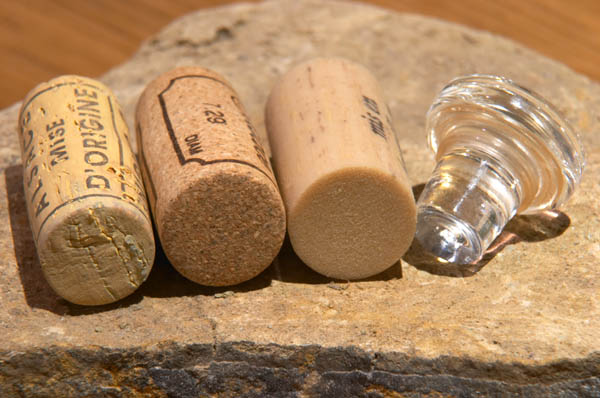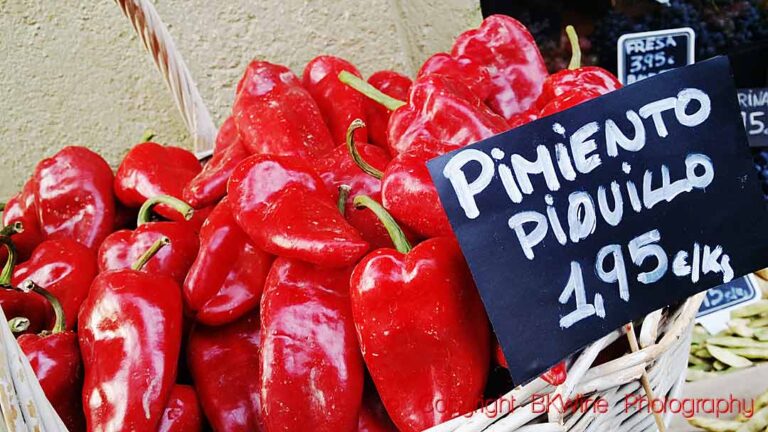When you talk about faulty wines, the cork is often the scapegoat. However, there are other types of defects. A tasting in the region of Touraine in the Loire Valley shows that the cork defect is not the biggest problem.
The tasting was conducted by the Inter Loire in September when a large number of wines from different appellations of Touraine and vintages from 2009 to 2012 were tasted. 4 different types of defects were identified: Cork, technical problems in the wine cellar, microbiological problems and oxidation.
12% of the defective wines were corked. 2% of the defective wines had too much sulphur or tasted rotten or green because of the poor quality of the grapes. 13% were reduced. 8% tasted rotten or mouldy because of microbiological problems. But it was oxidation that was the big “winner”.
50% of the defective wines were perceived as oxidized. But we would argue that oxidation is not always bad. How you perceive oxidation is very personal. Some people perceive it as a defect, other as a nice sign of maturity that adds complexity to the wine. So it is not always a “defect” in the usual sense of the word.
Read more on mon-viti.com












One Response
six months or so beringer white zinfedel wine changed cork manufacture. i noticed
it right away after breaking several cork scrrews and pouring out pieces of cork.
i cant believe i am the only pissed off customer. i finaly gave up on it and switched
to sutter home. too bad as i realy enjoyed the beringer wine.